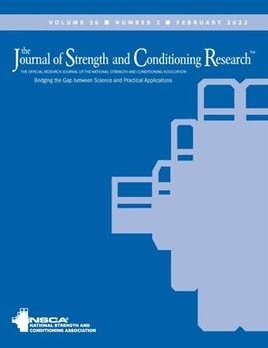Ferioli D1,2, Schelling X3, Bosio A2, La Torre A1,4, Rucco D1, Rampinini E2.
1, Department of Biomedical Sciences for Health, Università degli Studi di Milano, Milano, Italy; 2, Human Performance Laboratory, Mapei Sport Research Centre, Olgiate Olona, VA, Italy; 3, Institute of Sport, Exercise and Active Living, College of Sport and Exercise Science, Victoria University, Melbourne, Victoria, Australia.; 4, IRCSS, Galeazzi Orthopedic Institute, Milan, Italy

ABSTRACT
This study examined the (a) differences in the activity demands of official basketball games between different competitive levels (from elite to amateur levels) among a large cohort of adult male players and (b) match-to-match variations of basketball physical demands. Video-based time-motion analysis (TMA) was performed to assess the players’ physical activity among 136 players. Match-to-match variations were determined analyzing 2 consecutive matches of the same level on 35 players. The frequency of occurrence (n per minutes) and the duration in percentage of playing time were calculated for high-intensity activity (HIA), moderate-intensity activity (MIA), low-intensity activity (LIA), and recovery (REC). Division I performed an almost certain greater number of HIA, MIA, and total actions per minutes of playing time compared with Division II that performed similarly to Division III. Division VI performed a likely-to-very likely lower number of LIA, MIA, and total actions per minute compared with Division III. Division I spent almost certain greater playing time competing in HIA and MIA compared with lower divisions. Time spent at REC was very likely greater in Division VI compared with all other Divisions. The frequency of occurrence was less reliable than percentage duration of game activities. Matches of different competitive levels are characterized by different physical activities. The ability to sustain greater intermittent workloads and HIA, and the ability to quickly recover from high-intensity phases during competitions should be considered as key components of basketball. The match-to-match variations values observed in this study might be useful to correctly interpret individual TMA data.
J Strenght Cond Res. 2020 Jan;
PMID: 30741861 DOI: 10.1519/JSC.0000000000003039